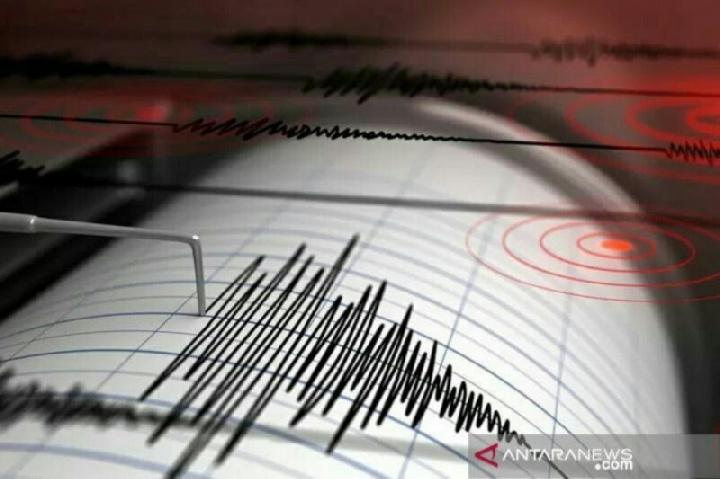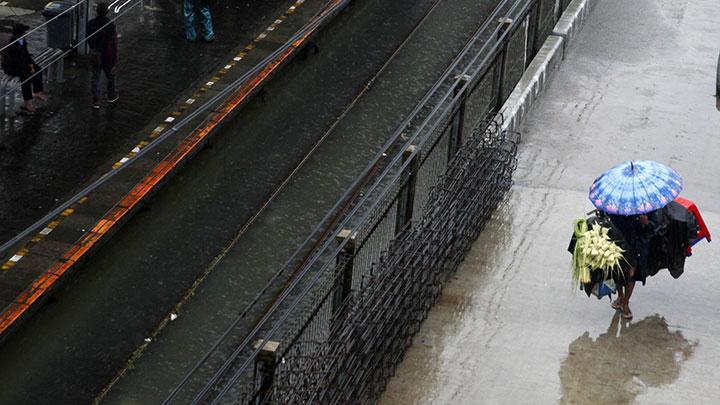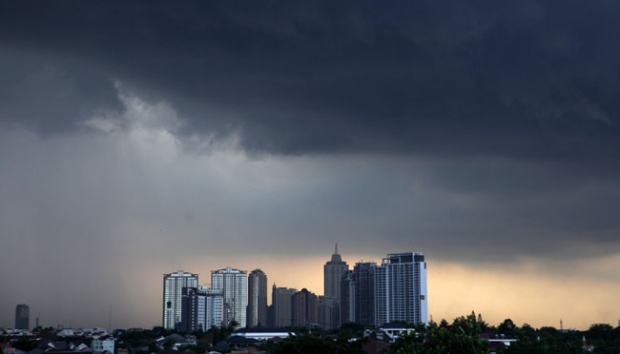BMKG Studies Solar Flare During April 8 Total Solar Eclipse
Translator
Editor
7 April 2024 14:54 WIB

TEMPO.CO, Jakarta - The total solar eclipse occurring on April 8, 2024, will be visible in the northern part of the Americas. For many, this rare natural phenomenon will provide an unforgettable astronomical experience.
The total solar eclipse will start in the Pacific Ocean, cross Mexico and the eastern United States, and end in Nova Scotia, Canada. The National Aeronautics and Space Administration (NASA) estimates that 99 percent of people living in the US will be able to see the partial or total eclipse.
In the United States, its path crosses several states, including Texas, Arkansas, Missouri, Illinois, Indiana, Kentucky, Ohio, Pennsylvania, New York, Vermont, New Hampshire and Maine. The eclipse will then exit the North American continent on the Atlantic coast of Newfoundland, Canada, at 17:16 Newfoundland Daylight Time (NDT).
Although primarily visible in the Americas, the Meteorology, Climatology, and Geophysics Agency (BMKG) said it will also study the phenomenon, particularly on solar flares that will be visible during the total solar eclipse.
The BMKG said on their web page that solar flares will be visible during the totality of the solar eclipse or when the Sun’s view from Earth is blocked by the Moon, leaving a visible ring around it. At this fringe, people on Earth can see the Sun's plasma appear flaring.
The sun flares are caused by internal activity on the sun itself. The sun's activity levels, which ebb and flow during its 11-year cycle, will peak in 2024.
Atmospheric experts worldwide do not yet know the exact cause, but it most likely involves magnetic forces or nuclear reactions inside the sun. Meanwhile, the effect of the explosion depends on its strength.
On Earth, the effects include magnetic storms. This happens because explosions on the sun's surface eject large plasma containing charged particles and high-speed magnetic fields travelling to the Earth's magnetosphere.
The solar surface mass ejection event is often called a Coronal Mass Ejection (CME). When a CME hits the magnetic field around the Earth (magnetosphere), the ejection of charged particles is deflected by the Earth's magnetosphere towards the north and south polar lines.
The earth's magnetosphere is its shield layer, protecting it from the effects of high-speed charged particle radiation ejected from the sun, especially during a total solar eclipse.
This layer is shaped like a circle with its strongest point in the low latitude area (near the earth's equator). This causes the impact of the earth's magnetic storm disturbances to be felt most in high latitude areas, while low latitude areas such as Indonesia will be relatively safe.
During totality in a total solar eclipse, the explosions on the sun will be more clearly visible. The phenomenon of large solar explosions can unfortunately only be observed at several points on Earth, excluding Indonesia. The most ideal observations occur in North American regions, such as the United States, Mexico and Canada.
PUTRI SAFIRA PITALOKA
Editor's Choice: Total Solar Eclipse to Occur on April 8; Will It Be Visible from Indonesia?
Click here to get the latest news updates from Tempo on Google News





















